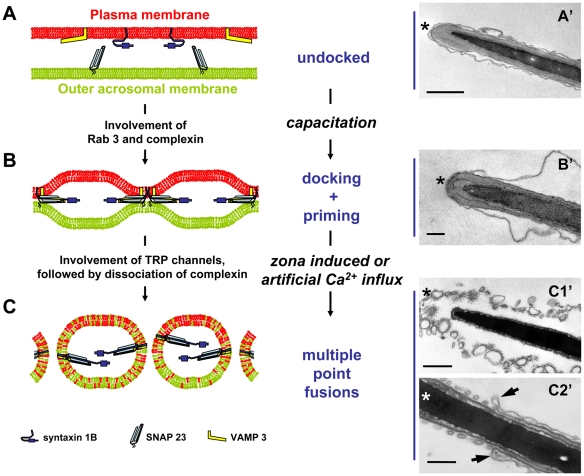Figure 8. Hypothetical model for capacitation-induced stable docking of the acrosome to the sperm plasma membrane.
(A): In control sperm the PM (in red) and OAM (in green) are not associated together. We found syntaxin 1B (purple blue) and VAMP 3 (yellow) at the PM and SNAP 23 (light blue) at the OAM. The undocked PM appears as loose arrangement at the entire head area due to the osmotic effect by EM processing (A′). (B): In vitro capacitation caused stable docking of the OAM to the apical PM. A stable ternary- SNARE complex is formed but this did not result in exocytotic membrane fusions (B′). (C): Exocytotic membrane fusions are executed after sperm binding to the zona pellucida or in vitro by calcium ionophore treatments. Mixed vesicles of the apical PM and the OAM are the result of the multipoint fusions characteristic for sperm acrosome exocytosis (C′1). However, at the equatorial sperm head area (distal from the arrows indicated in panel C′2) this fusion does not take place (C′2). This sperm surface area is specifically involved in the later occurring adhesion and fusion processes between the sperm cell and the oocyte leading to fertilization. The asterisks indicate the apical side of the sperm head. Bar represents 50 nm.

